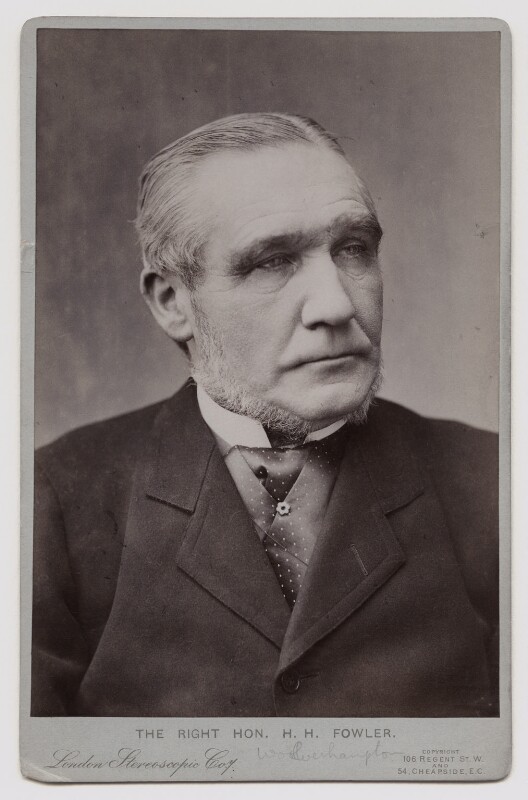
Five years after it implemented the Herschell Committee recommendations in 1893, the Government of India made fresh proposals. The British Government, in turn, appointed the Fowler Committee in 1898 to examine these proposals.
In 1893, as endorsed by the Herschell Committee, and approved by the British Government, the Indian Government discontinued silver coinage. The intention was to eventually introduce a gold standard, the most important step in ensuring an exchange rate of 1s. 4d. This was not achieved for nearly five years. Therefore, the Government of India submitted fresh proposals to the Secretary of State for India to hasten the process. Some of these were drastic. These included the sale of bullion worth £ 6 million. There was also to be a sterling loan issued to make good the loss. Continue reading “History of Indian Currency: The Fowler Committee”
![]()
